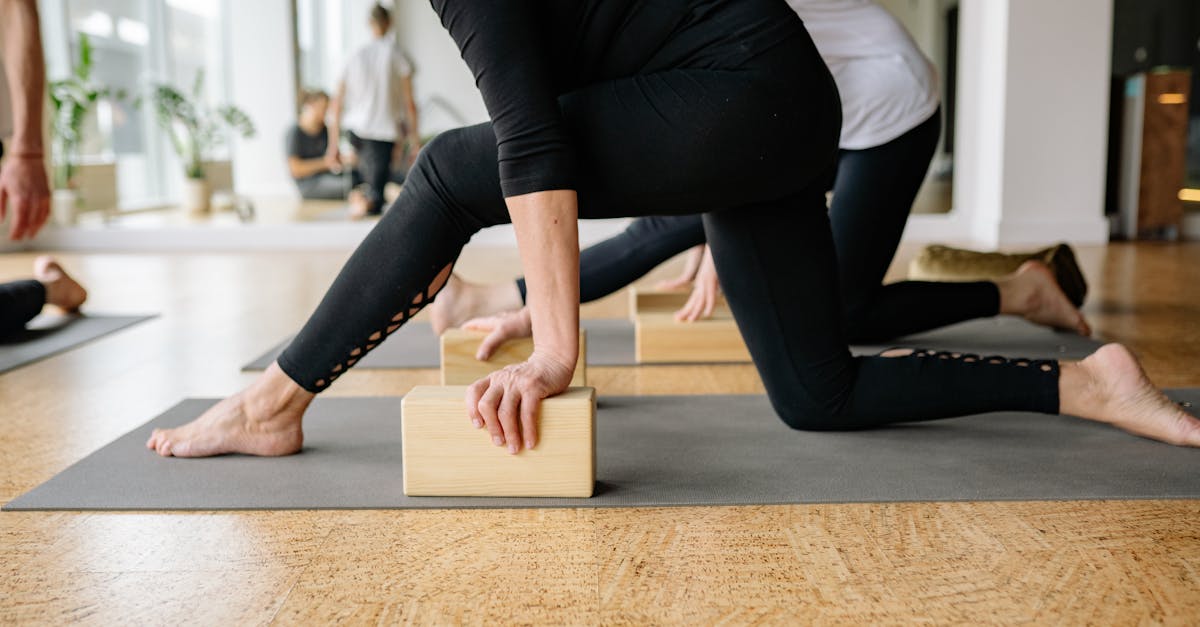Skip the Stairs: The Counter-Intuitive Cardio Habit That Actually Saves Your Joints
In the world of fitness, stair climbing is often hailed as a quintessential cardio workout, celebrated for its calorie-burning prowess and ability to tone muscles. However, what if the conventional wisdom about stair climbing as the ultimate cardio exercise was challenged? Recent studies suggest that this high-impact activity, while effective for cardiovascular health, may not be the best choice for everyone, especially those concerned about joint health. This article explores an alternative approach to cardio that not only spares your joints but also offers numerous other health benefits. We dive into the science behind joint-friendly cardio options, their effectiveness, and why skipping the stairs might just be the counter-intuitive habit that enhances your overall well-being.
The Science of Joint Stress

Understanding the mechanics of joint stress is crucial when evaluating the impact of stair climbing. Every time you ascend or descend stairs, your joints, particularly the knees, bear a significant load. This repetitive stress can lead to wear and tear, especially in individuals with pre-existing conditions like arthritis. Research indicates that the force exerted on the knee joint while climbing stairs can be up to three times your body weight. Over time, this can exacerbate joint pain and lead to conditions such as osteoarthritis. By exploring low-impact cardio alternatives, individuals can maintain their cardiovascular health without compromising their joint integrity.
Low-Impact Cardio Alternatives

Low-impact cardio exercises are designed to minimize stress on the joints while still providing an effective cardiovascular workout. Activities such as swimming, cycling, and using an elliptical machine are excellent examples. These exercises allow for a full range of motion without the harsh impact associated with stair climbing. Swimming, in particular, offers a unique advantage as the buoyancy of water supports body weight, reducing stress on the joints. Cycling provides a similar benefit, allowing for smooth, controlled movements that strengthen the muscles around the joints, providing better support and stability. These alternatives not only protect the joints but also enhance cardiovascular endurance and muscle strength.
